Why are vegetarian options at Manual so scarce?
The is an example of the current lunch, with crackers and hummus being the chosen meal. Photo by Dia Cohen.
November 4, 2022
Before high school, Ally Hauber (10, J&C) had avoided eating meat for a couple of months but had yet to announce their new dietary preference. Ally would walk to the cafeteria feeling famished, but as they approached the front of the line, they were informed that the only vegetarian option was hummus and crackers.
“I personally think of hummus as a protein-packed snack, as it is often not fulfilling as the main component of a meal,” Hauber said.
As Ally opened the bag, their hunger rapidly dissipated as the realization set in, as their crackers were stale. However, as the third block came to an end they began to feel hungry once again. The rest of their school day was spent with an empty stomach.
Science Daily, an American website that features discoveries made in science, health, astronomy and the environment, explains that food intake can have an effect on an individual’s daily mood. Its research has found how poor eating habits and bad moods tend to complement each other. When an individual does not eat, they can become “hangry” and irritable for the remainder of the day.
Additionally, your mood can affect your memory, concentration, critical thinking and decision-making. These are the cognitive skills people use when learning for long and short-memory purposes. In an article written by Chai Tyng, “The Influences of Emotion on Learning and Memory”, he discusses how emotions can impair or improve learning processes. He explains that although there are positive emotions that enhance learning, there are also negative emotions that impair learning.
Tammery Phan (10, HSU) also believes that there are not many options for vegetarians at the school. However, she does not eat the school lunches considering she does not like it.
“I don’t eat lunch here because they have one option and it’s not that good—It’s just hummus and crackers,” Phan said.
Despite these misgivings over vegetarian options, Manual’s Nutrition Coordinator disagrees. Leanne R. Buehner, the Coordinator of Nutrition Service at the school, argues that students have enough options, but that they are just not used to regulating their food intake.
The Manual school lunch is subsidized by a federally funded program that is also reimbursed by the government. Buehner explains the food regulations the school has to follow made by the U.S Department of Agriculture (USDA) in order to get a reimbursement.
“We have to follow their rules of how many orange vegetables to serve in a week, and how many legumes have to be served each week,” Buehner said.
She also explains that sodium is one of the factors the USDA is desperately trying to regulate due to the role it plays in national obesity rates.
The National Library of Medicine states that approximately 280,000 deaths are caused by obesity in the USA every year. Due to this, the USDA has tried to start regulating the food intake of children, hoping that they will adopt healthy eating habits over time. Buehner does understand that the choices are not what students are accustomed to eating but she hopes that they will try to eat things that are better for them, and not necessarily what tastes better. She believes that Covid-19 is still one of the biggest factors delaying the shipment of foods they had before the pandemic.
“The options would be more enjoyable if there was a greater variety. It’s easy to get tired of the same things every day,” Hauber said.


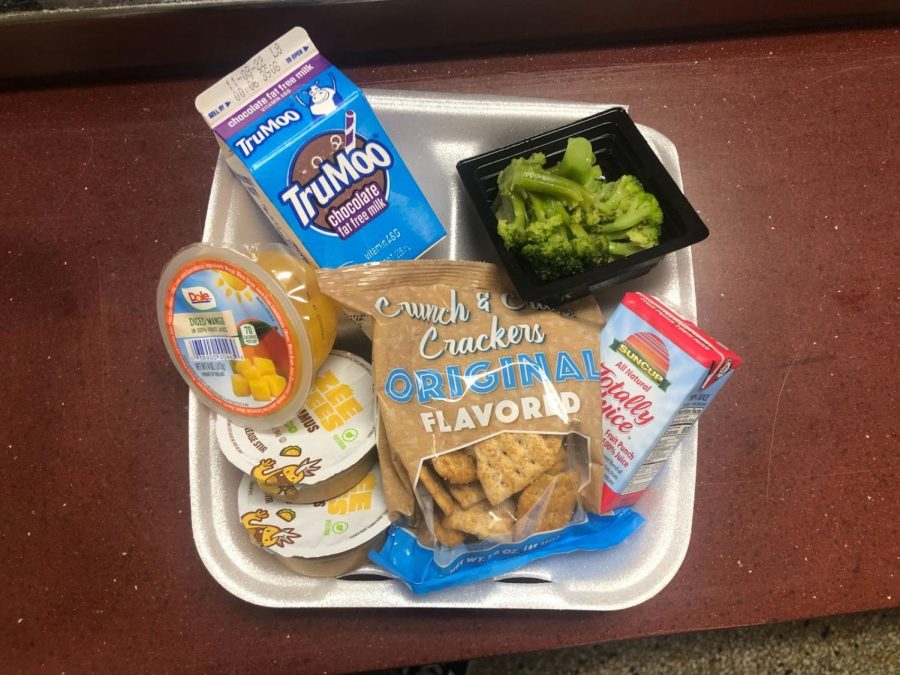









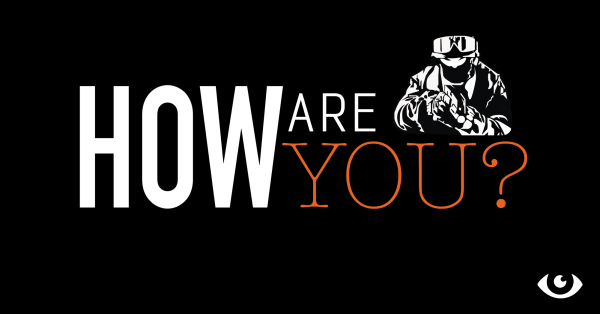

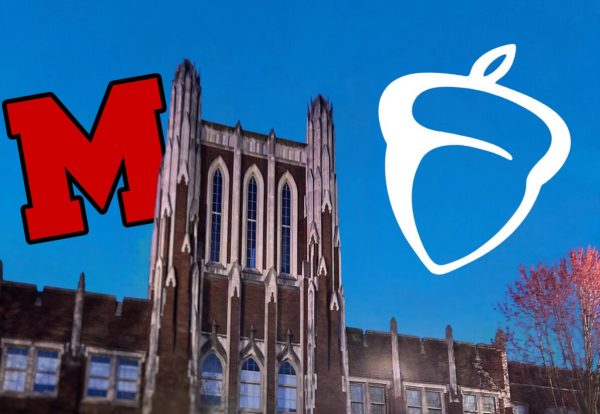

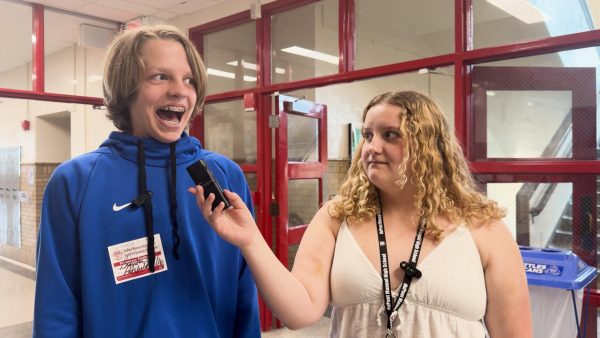

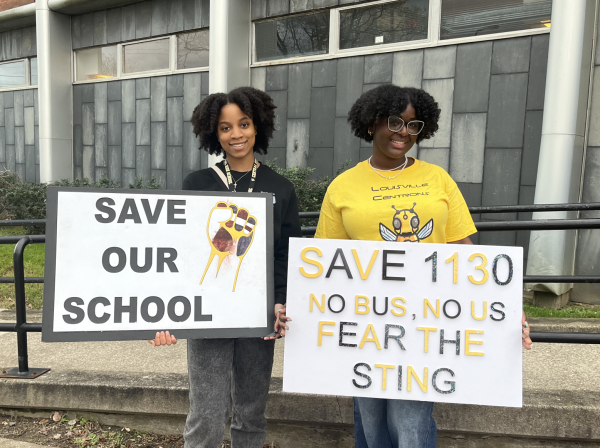
Leanne R Buehner • Nov 15, 2022 at 8:01 am
Dia missed the most relevant reply I gave in the interview to her question about the few choices of vegetarian meals options. Nutrition services is not required to serve a vegetarian option because it is a choice, not an allergy or dietary necessity. Vegetarians are always allowed to skip an entree and make a meal with all fruits and vegetables offered each day or choose a cheese based entree, or the hummus. Leanne Buehner, Coordinator, Nutrition Services, Manual High School.